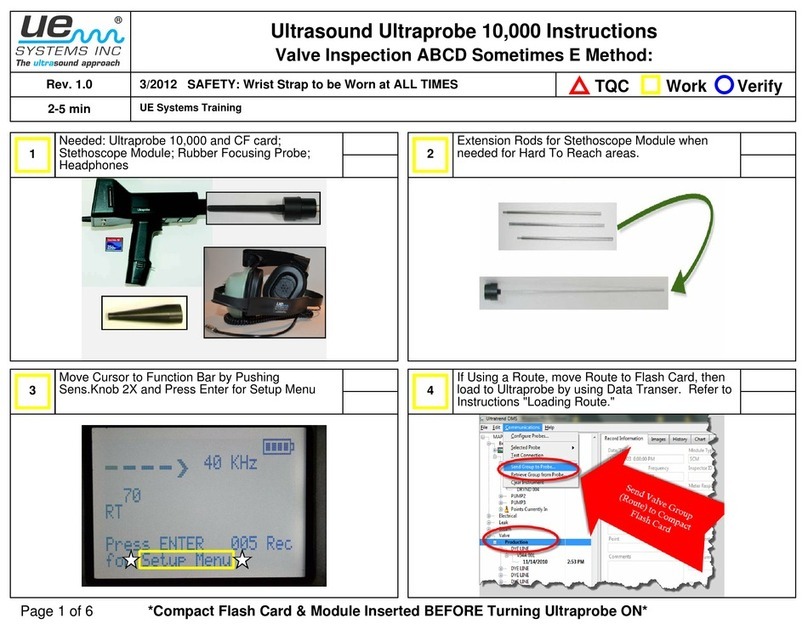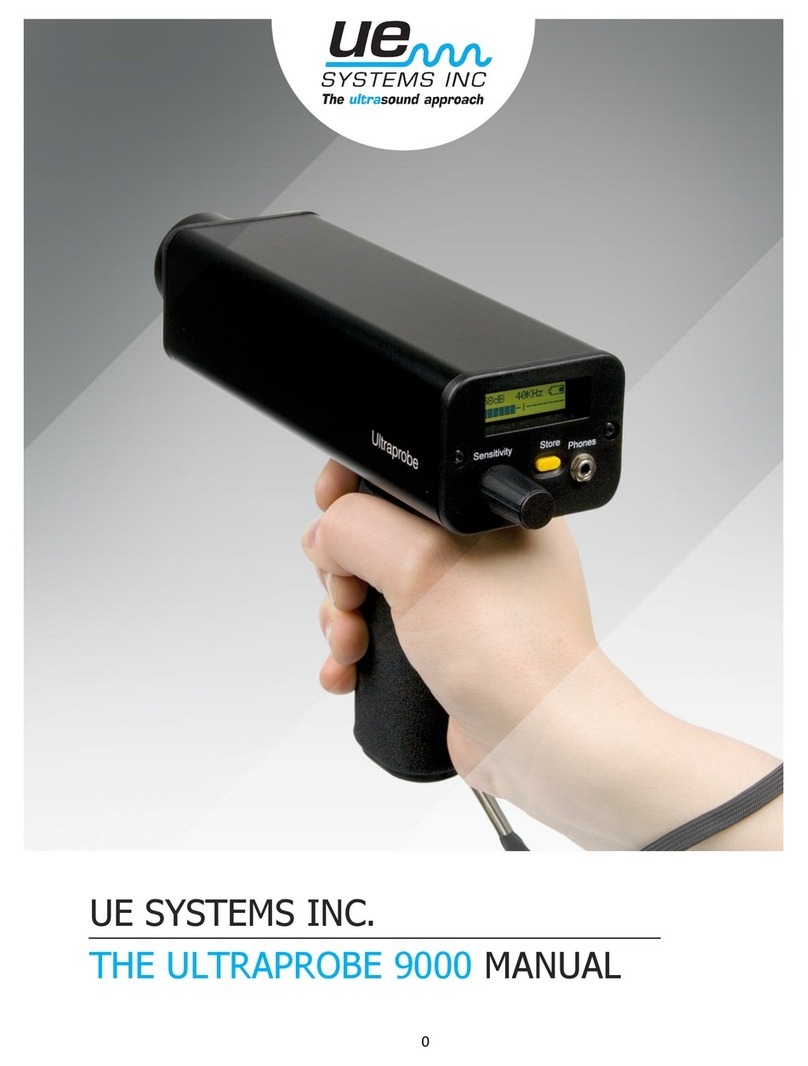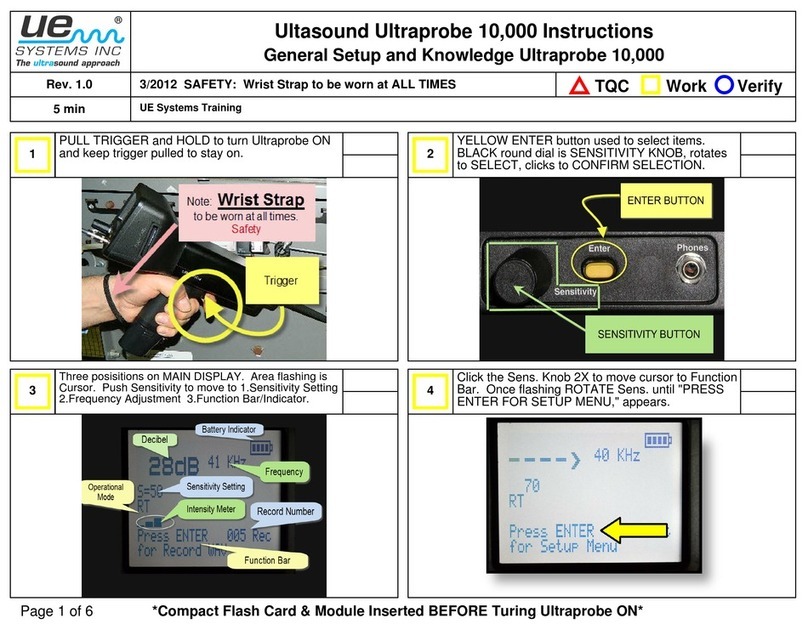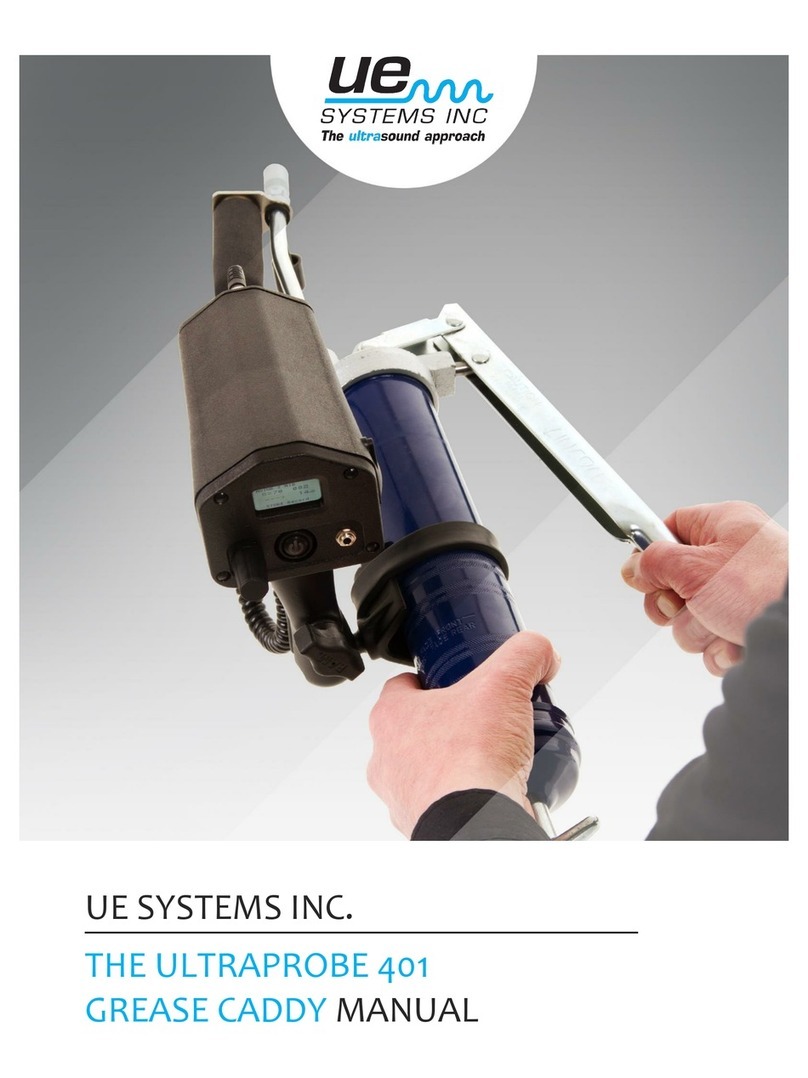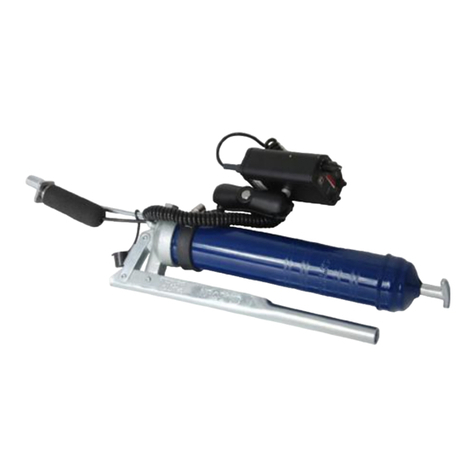Version 1 3
The Ultraprobe 100..................................................................................................5
Components ...........................................................................................................6
Metered pistol housing .........................................................................................6
Bargraph Display..................................................................................................6
Battery Level Light................................................................................................6
Sensitivity Selection Dial........................................................................................6
Head Set Jack.......................................................................................................6
Trigger Switch......................................................................................................6
Scanning module..................................................................................................7
Rubber focusing probe: .........................................................................................7
Contact Stethoscope module .................................................................................8
Headset..............................................................................................................8
Premium Kit ........................................................................................................8
WTG-1 warble tone generator (premium kit)............................................................8
To use the WARBLE TONE GENERATOR:...................................................................9
To charge the Warble Tone Generator:....................................................................9
Ultraprobe applications ..........................................................................................10
leak detection....................................................................................................10
How to locate leaks ............................................................................................11
To confirm a leak:...............................................................................................11
Overcoming difficulties .......................................................................................11
Shielding techniques ...........................................................................................12
Low level leaks...................................................................................................12
Tone test (Ultratone ) .........................................................................................13
Do not use the Tone test in a complete vacuum......................................................14
Electric arc, corona, tracking detection .....................................................................15
Detecting bearing wear.......................................................................................16
Detecting bearing failure.....................................................................................17
For comparative test...........................................................................................17
Slow speed bearings ...........................................................................................17
General mechanical trouble shooting ....................................................................18
Trouble shooting ................................................................................................18
Locating faulty steam traps..................................................................................18
General steam/condensate/flash steam confirmation .............................................19

